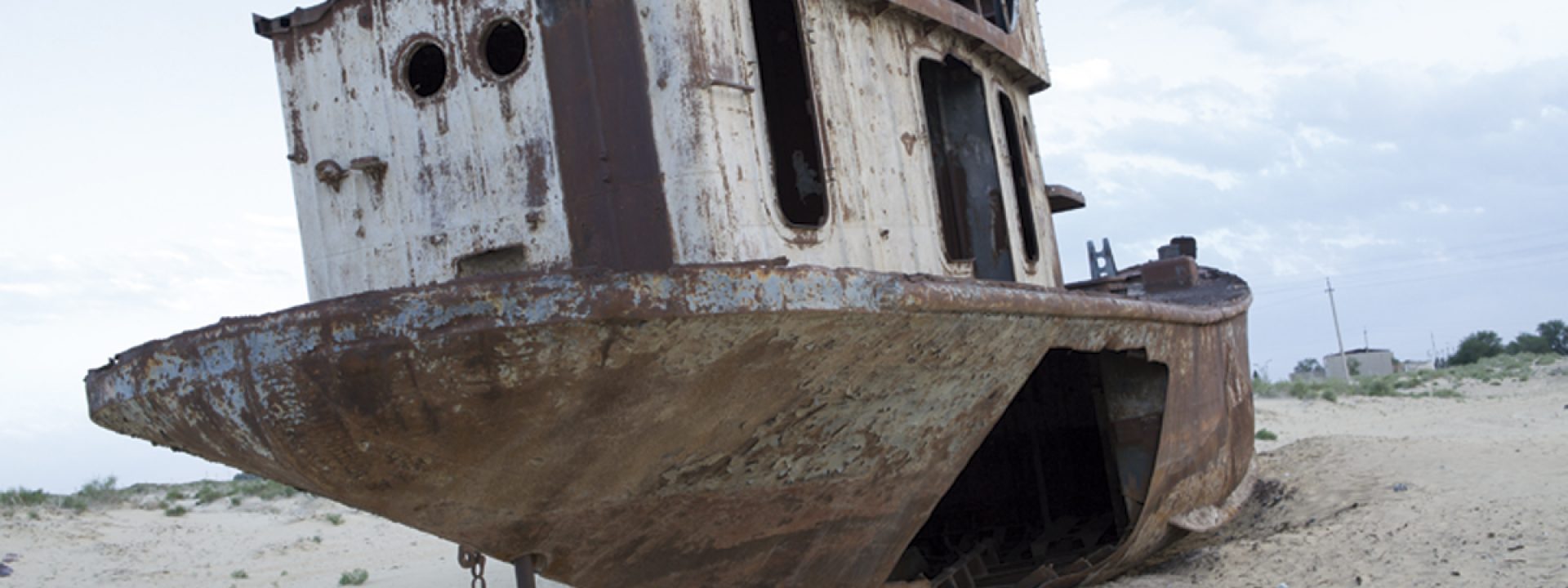


The ancient history of mankind has been marked by all kinds of crises caused by the lack of water due to climate changes. Many cultures were able to overcome them, others were unable to adapt and declined. We have to learn from the cultures that resisted and those that succumbed.
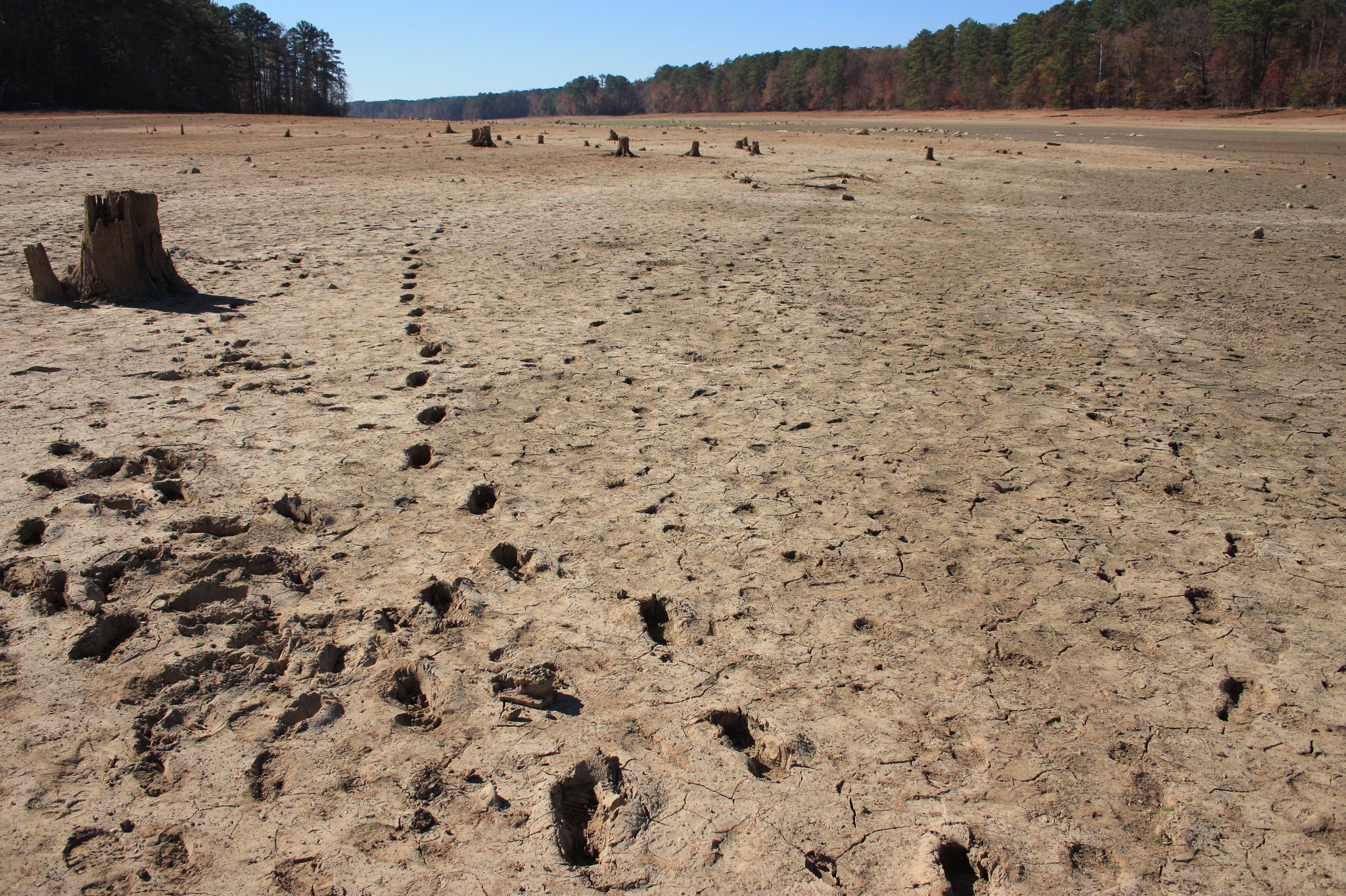
The ancient history of mankind has been marked by all kinds of crises caused by the lack of water . © ACES | Bruce Dupree.
Mankind’s vulnerability to climate took a significant turn around 9500 – 8500 BC, when the agricultural revolution took place. In very specific areas of the planet Homo sapiens selected cereal and leguminous seeds and progressively shifted from being hunters-harvesters to land farmers. Over time they domesticated some wild animal species and became shepherds and cattle breeders. These development areas based on the exploitation of the land started in China (7000 BC), then in Indonesia (6000 BC), Central America (4500 BC), the northern Andes (3500 BC) and the Mississippi valley (2000 BC). Everywhere this occurred, sedentariness appeared and villages were built near the cultivated fields. Men and women thus created agricultural societies that were the cradle of the first civilizations. These early human settlements developed by creating very strong dependent links with in situ water.
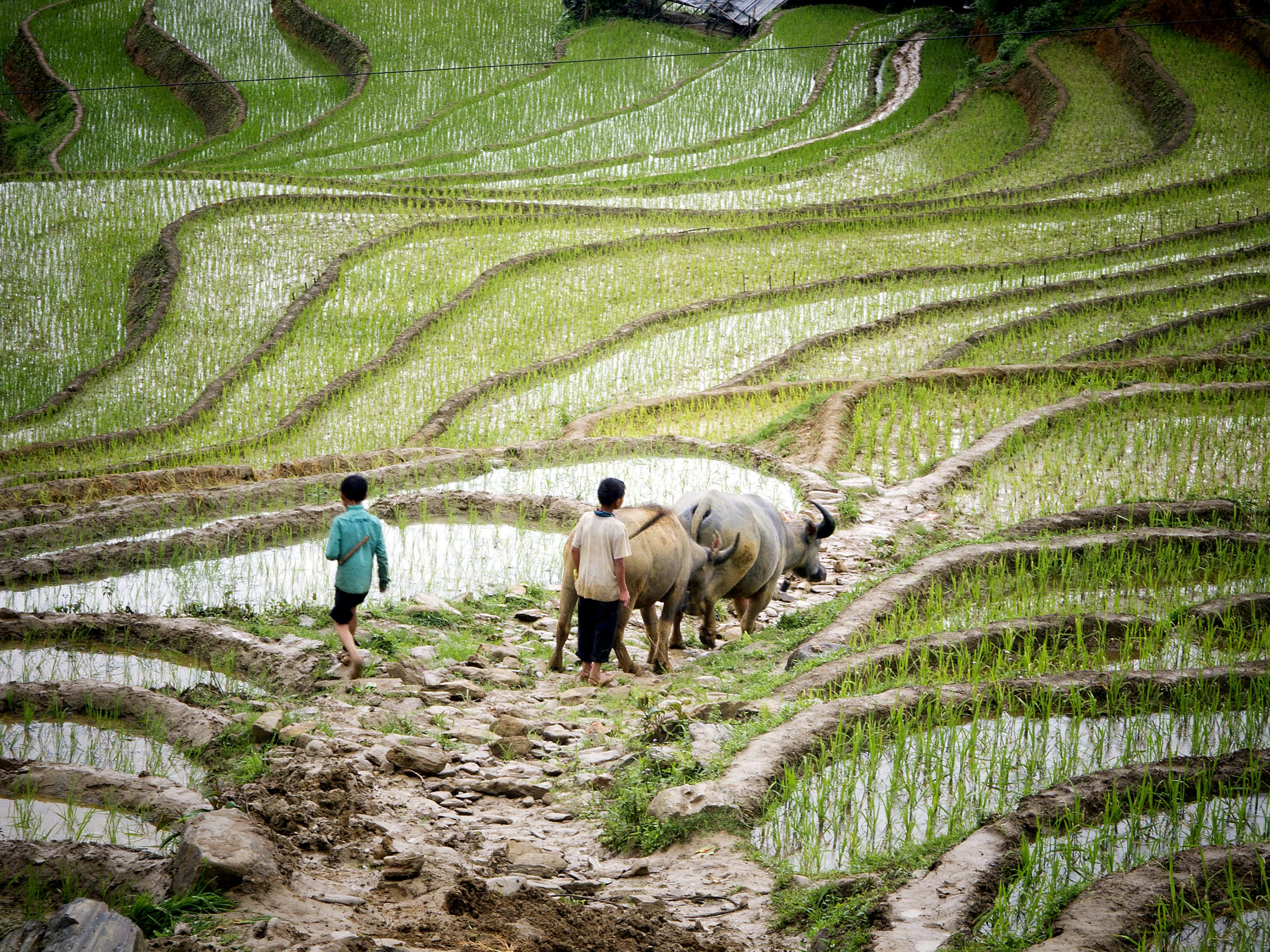
Development areas based on the exploitation of the land started in China (7000 BC), then in Indonesia (6000 BC), and Central America (4500 BC). © UN Photo/Kibae.
Before becoming sedentary, hunters-harvesters had access to water wherever they could find it: lakes, rivers, streams and springs. If, due to droughts, streams stopped flowing, humans would move upstream or looked for other water sources; and if the drought persisted, they migrated in search of moisture. The lack of water greatly affected them, but they were not as attached to their location as when they became sedentary and had to irrigate their fields and water their herd every day. The history of water vulnerability as we know it starts at that time.
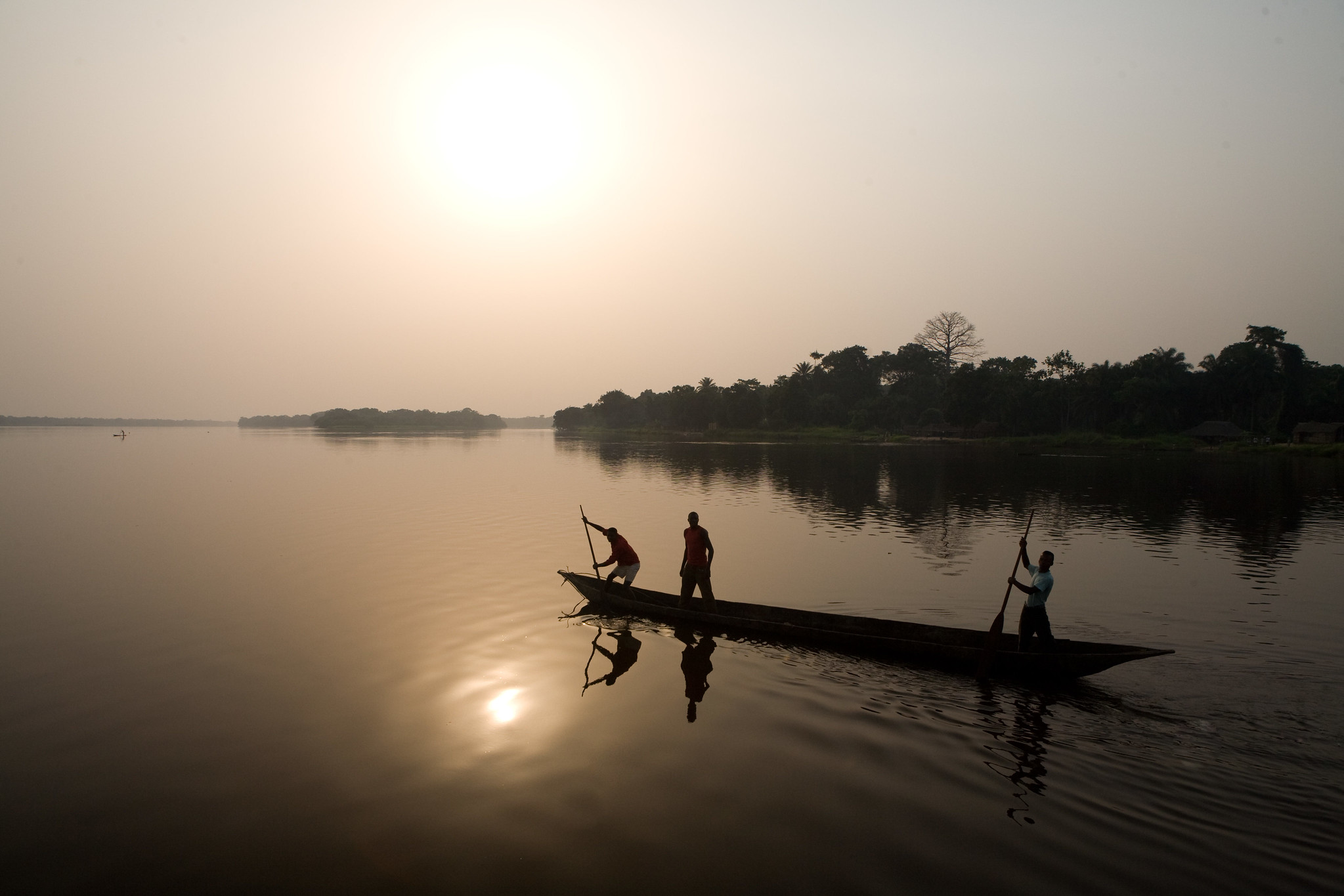
If, due to droughts, streams stopped flowing, humans would move upstream or looked for other water sources . ©. UN Photo/Marie Frechon.
When cities developed, water access needs increased with the cooking of food and emerging personal hygiene. When cities started growing, sanitation demanded the presence of water to a greater or lesser extent depending on the development of cesspits and sewage. Thus, each society established a relationship with water that was shaped by environmental resources, climate and the specific needs of each population center. The “water cultures” that formed the basis of civilizations were born.
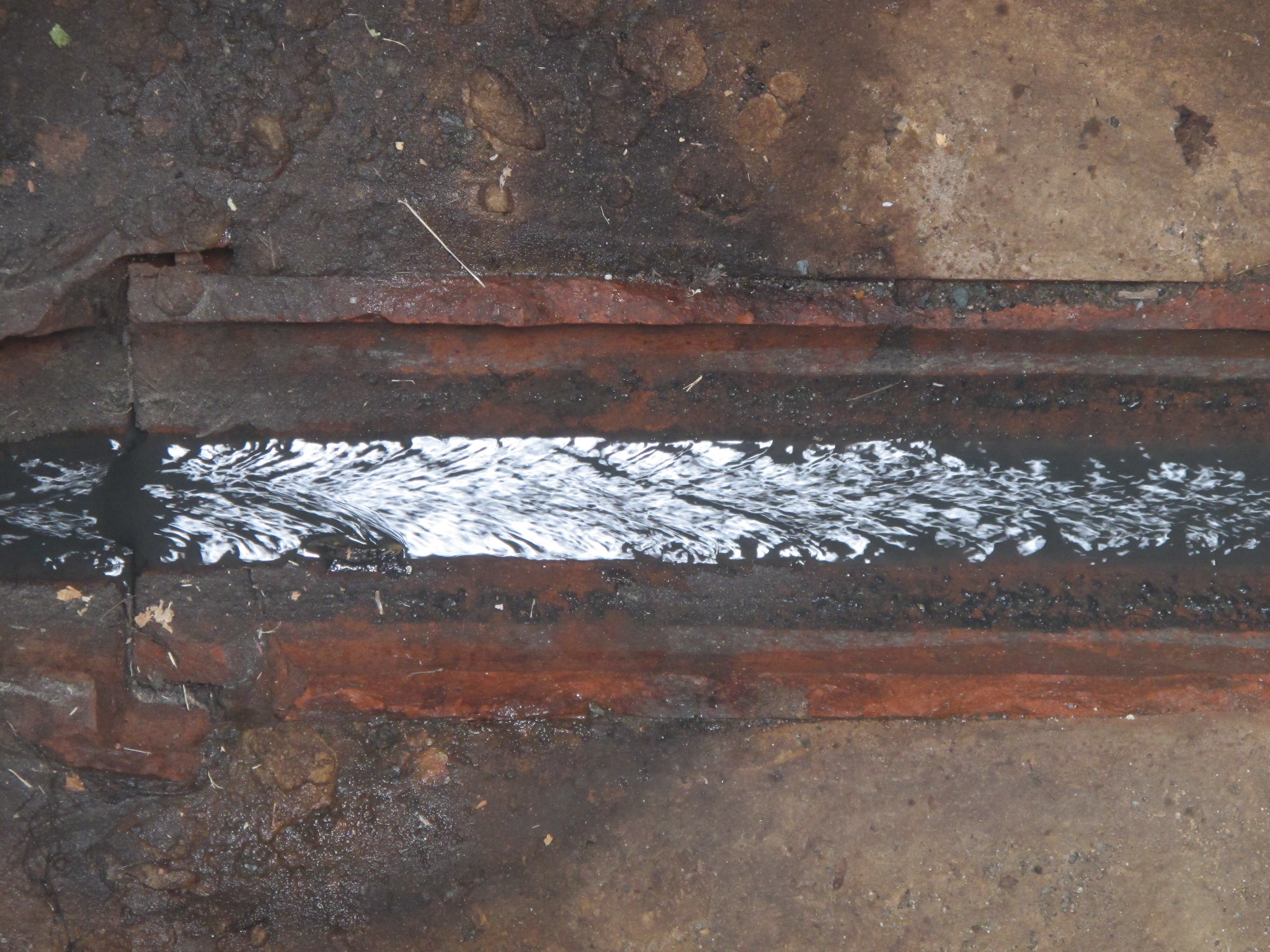
When cities started growing, sanitation demanded the presence of water to a greater or lesser extent depending on the development of cesspits and sewage. © Bill McChesney.
The agricultural revolution marked the beginning of the manipulation of nature for human benefit. Deforestation practices to obtain land for planting and to improve the defense of cities, the fight against predators and animals that harmed livestock or the alteration of watercourses for construction or irrigation increased as food, military and urban needs got bigger.
Over time, sedentary humans realized that they could not continue harming nature. Each culture started developing “best practices” in the use of land-water. To this end, water collection and supply technologies were conceived that were highly resistant to climatic ups and downs, since they were developed on the basis of water crises, usually caused by droughts. Water collection and use techniques were socially sustained by a profound respect for nature, whose laws were understood and frequently incorporated to religious beliefs.
In this way, each civilization created what we today know as “ancestral water culture”, which is the result of millennia of observation of nature and climate cycles. In 2006, the UN gave a boost to the recognition and importance of this ancestral knowledge by proposing “Water and culture” as the slogan for World Water Day: “Due to its fundamental role in the life of society, water has a very strong cultural dimension. Without understanding or considering the cultural aspects of our problems with water it will not be possible to find a sustainable solution.”
In 2018, in the midst of the race towards the Sustainable Development Goals, with the slogan “The answer lies in nature”, the international community assumed the importance of preserving and harnessing many of the solutions provided by ancestral cultures to reduce floods and droughts and prevent water pollution.
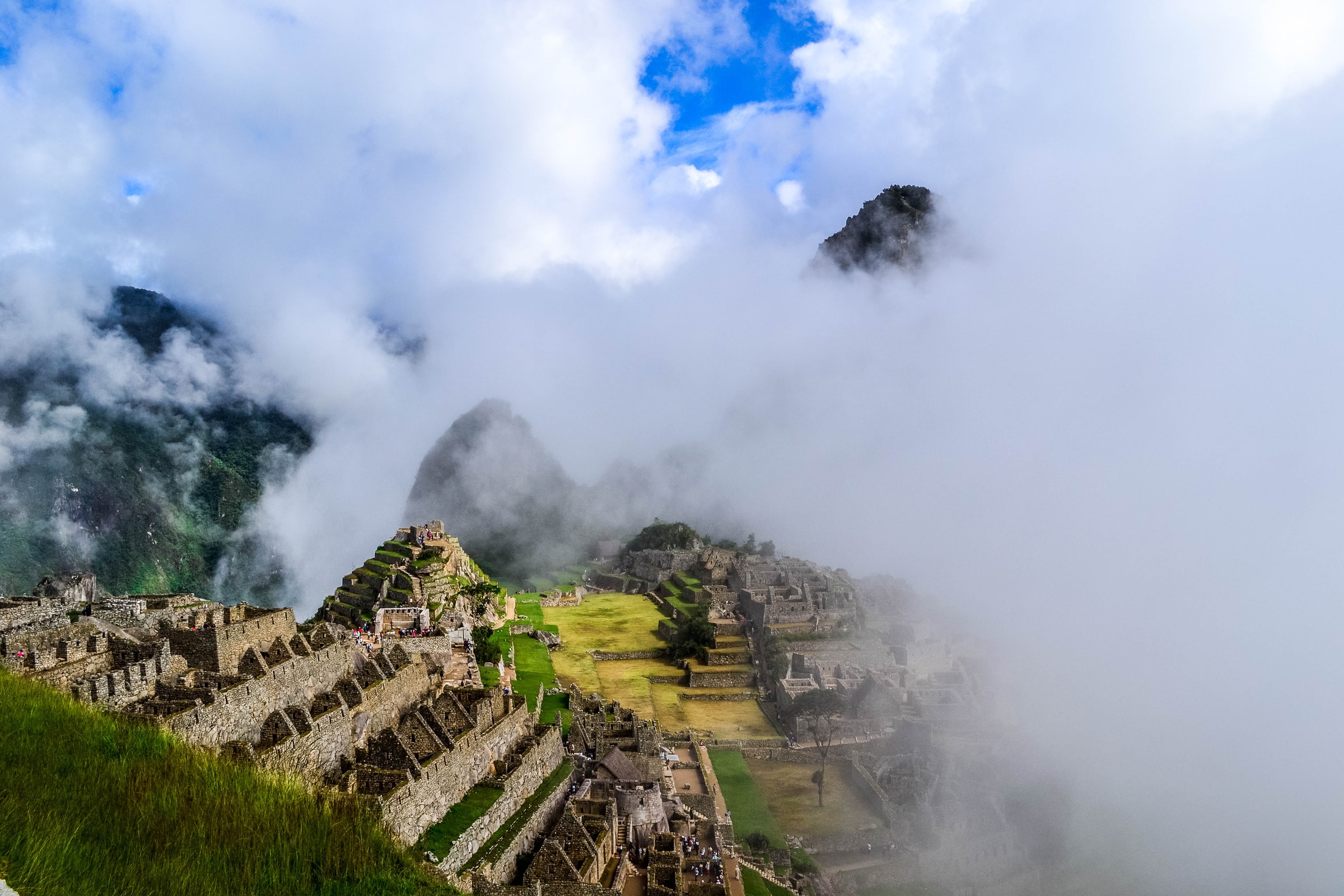
The Maya, whose culture reached its peak between 600 and 800 A.D., began a decline that led to their collapse . © Alan Hurt-unsplash.
However, not all traditional cultures were able to withstand the scourge of droughts. The Earth has changed throughout its history and some of these changes have been relatively recent and directly related to climate. Modern historians and paleontologists are studying how these ups and downs affected ancient civilizations and what conclusions can be drawn, as some took advantage of them and others were doomed to decline and subsequent disappearance.
The case of the Maya civilization attracts the attention of scientists. In 2018 a study published in the Science journal estimated that at the end of the first millennium A.D., the volume of water of the lakes in the Yucatan region (currently Mexico) experienced a considerable reduction, due to the decrease in rainfall and a higher evaporation rate. The Maya, whose culture reached its peak between 600 and 800 A.D., began a decline that led to their collapse. Paleontologists state that an intense drought, that caused a 40-54% decrease from current conditions, is a very probable cause of their decline. The Mayan water culture was not able to resist a drought it was not prepared for as it had never experienced something similar.
These droughts were due to natural climate change, not anthropogenic, as at the time human activity did not have the power to alter the climate on a large scale. However, some scientists consider that the deforestation practices carried out by the Maya at the time of their cultural flourishing, which were aimed at expanding their crops in response to the growth of the population, might have exacerbated their vulnerability to droughts. The felling of the forest mantle caused a microclimate in which the average temperature could have increased by six degrees, degrading the soil, which lost most of its drainage capacity. Historians concluded that the drought that affected the Maya was sufficiently intense to cause severe social disruptions that would explain the decline of their civilization.
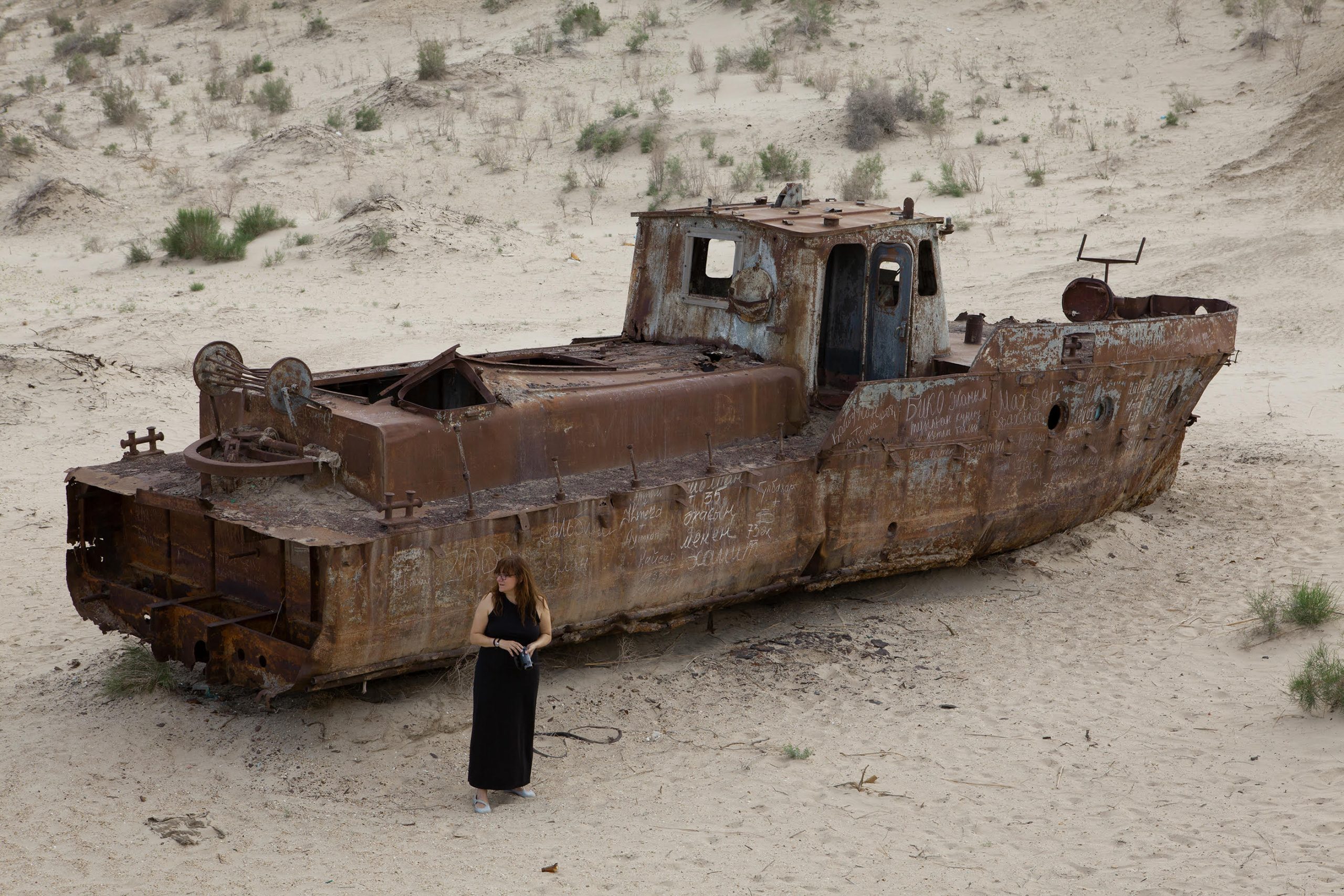
The human consequences of the catastrophe were captured in the documentary the filmmaker Isabel Coixet made for the We Are Water Foundation . © Jordi Azategui.
The Aral Sea basin experienced one of the most serious anthropogenic environmental disasters of the second half of the 20 th century. The human consequences of the catastrophe were captured in the documentary the filmmaker Isabel Coixet made for the We Are Water Foundation, an excellent example of the value of natural capital . What science has just revealed is that this region in Central Asia experienced another disaster in the past, a natural disaster this time: a prolonged and intense drought was probably the cause of the disappearance of the rich cultures present in its fertile river basins at the beginning of the 13 th century.
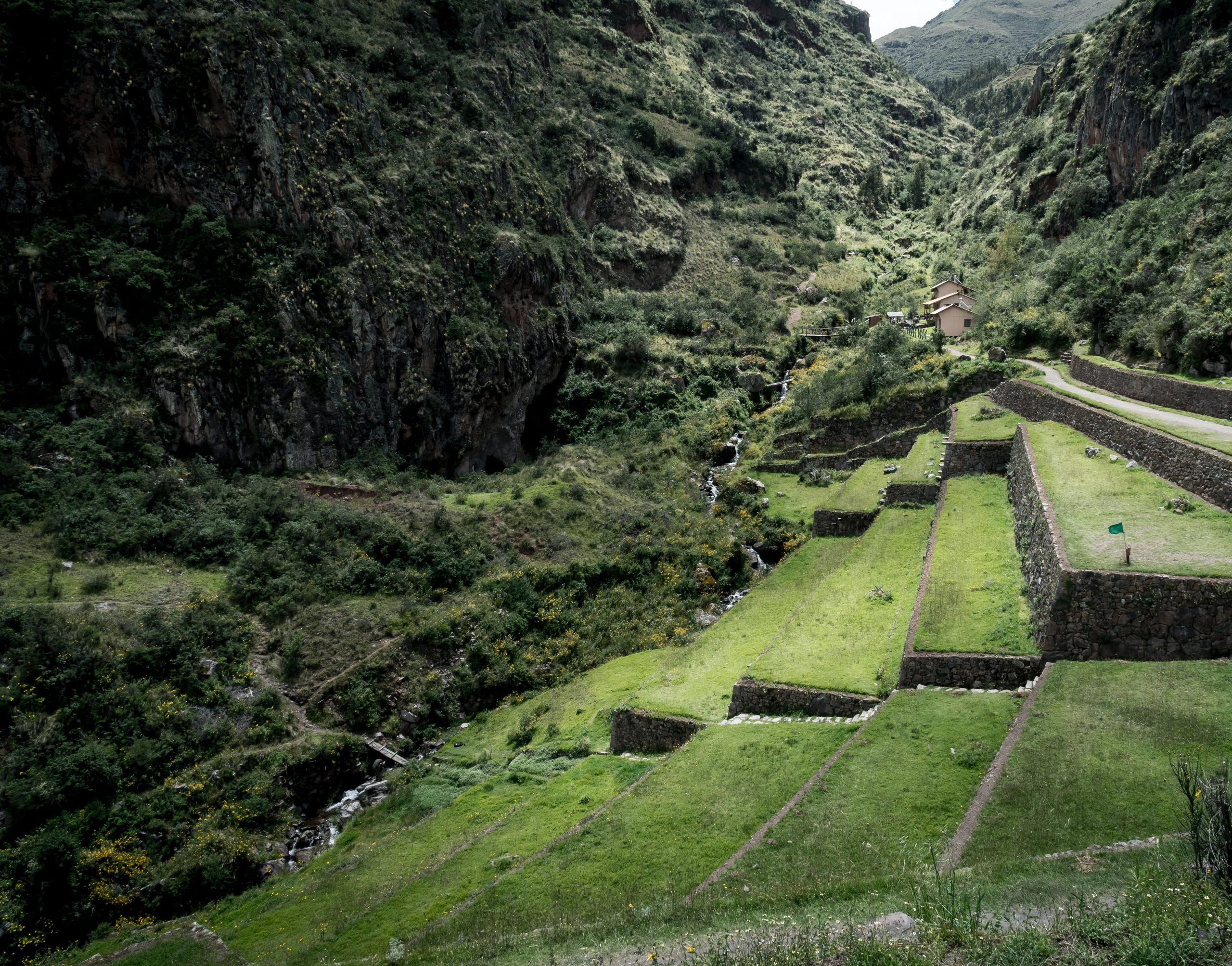
Terrace farming, an ancestral agricultural technology.© Willian Justen-unsplash.
Classic theories had so far attributed their disappearance to the invasions of the Mongols led by Genghis Khan , but recent studies, such as the one by the University of Lincoln, published in the journal Proceedings of the National Academy of Science (PNAS) , propose that droughts were disastrous for agriculture in the area, which was based on flood irrigation, a common technique in cultures where water is abundant. Water stress was so high that it exceeded the adaptation capacity of farmers to the decrease in the water flow of rivers.
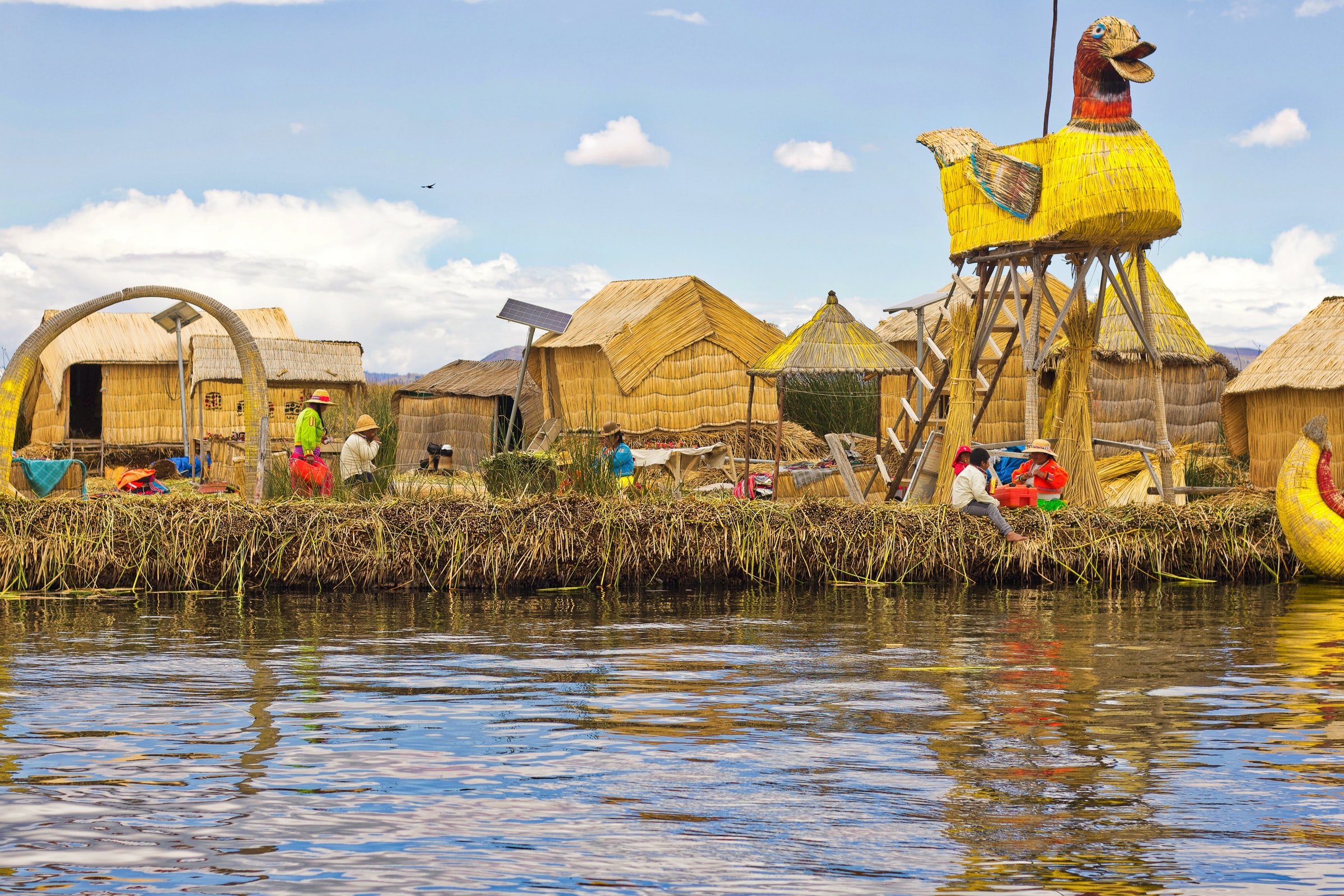
The ancestral water cultures are examples of resistance and resilience to adverse weather conditions . © Jeison Higuita-unsplash.
These ancient disasters show us that the availability or shortage of water are determining factors in the evolution of human civilizations and provide a possible key to interpret our situation with regard to the current climate crisis. Although we now have infinitely greater weather and climate prediction capabilities than those of ancient civilizations, our vulnerability is not very different from theirs, as our socio-economic needs are exceedingly higher. The conclusions of the work of scientists in the Sixth Assessment Report (AR6) that the Intergovernmental Panel on Climate Change (IPCC) will present from September to October on mitigation and adaptation to climate change will be key to redefining the roadmap towards the SDGs.
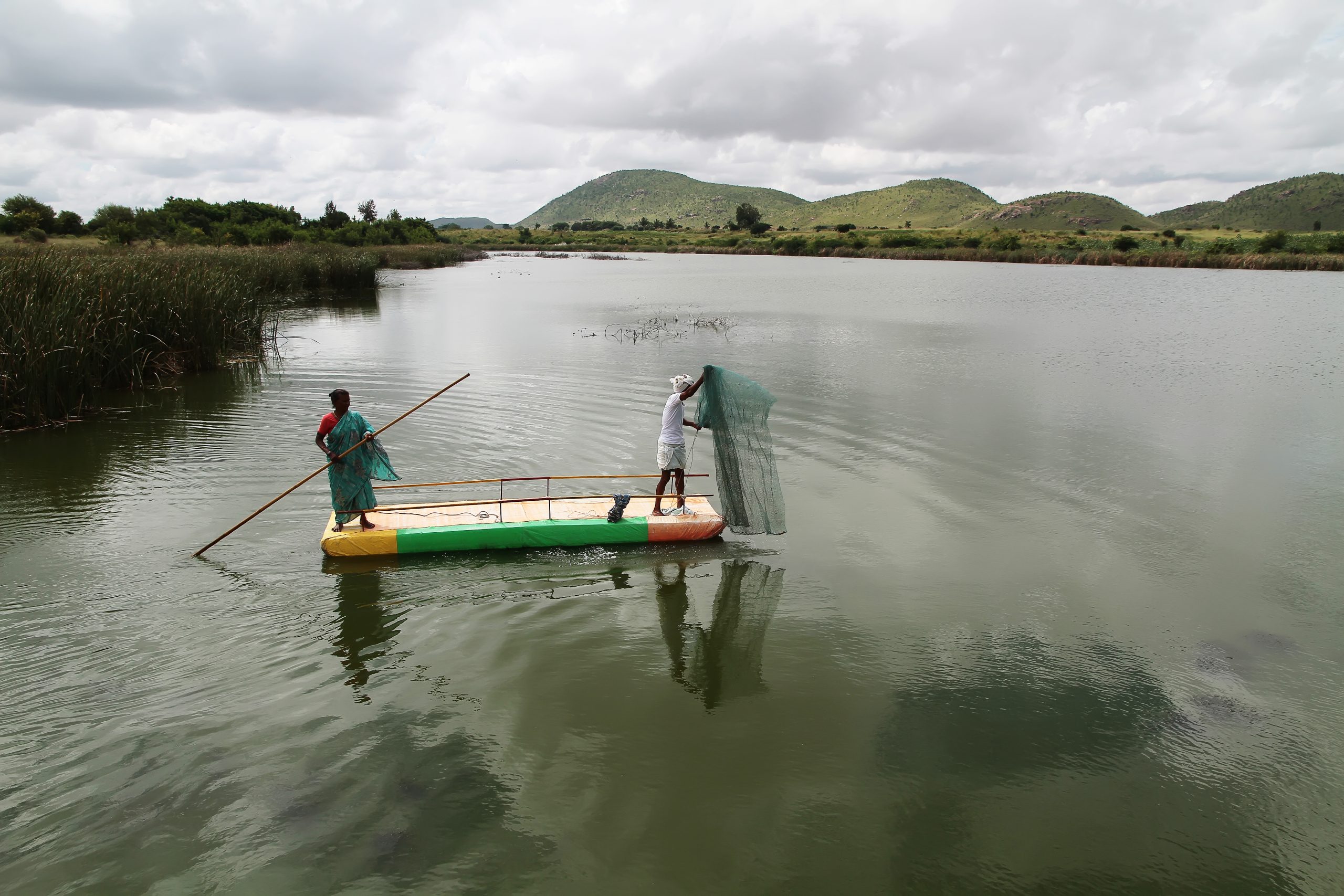
Many projects of the Foundation in Andra Pradesh show us an heritage that must be preserved and expanded . © Javier Biscayar.
Meanwhile, a look at the past can give us food for thought. The ancestral water cultures are examples of resistance and resilience to adverse weather conditions. Examples like the Inca hydraulics, the Indian baori – whose essence is the base of many projects of the Foundation in Andra Pradesh – the use of water of the aymara and uru cultures and the agricultural techniques of the mayangna in Bosawas show us an heritage that must be preserved and expanded. But many other cultures were not able to resist, as their capacity to adapt was not enough and climate did not forgive their mistakes. Let us have it.
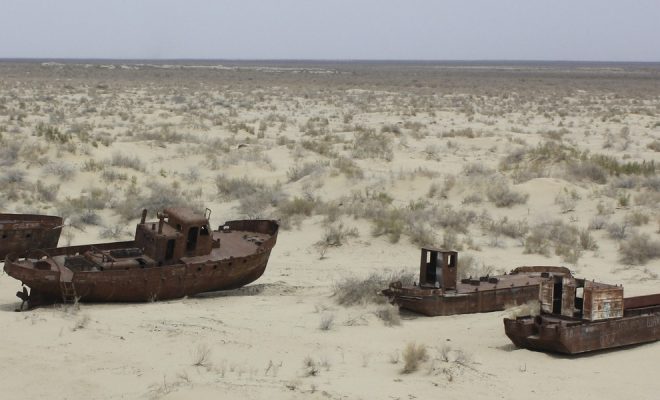
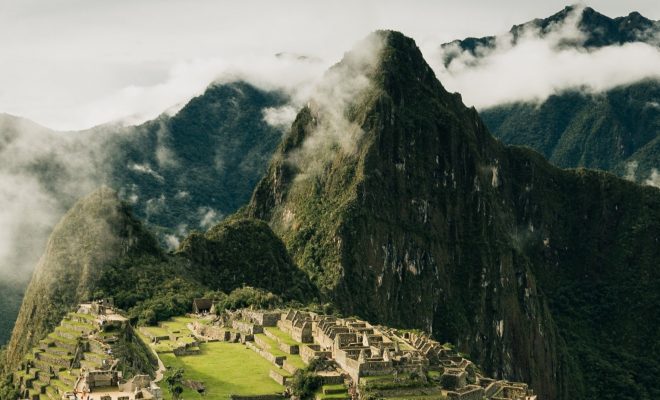
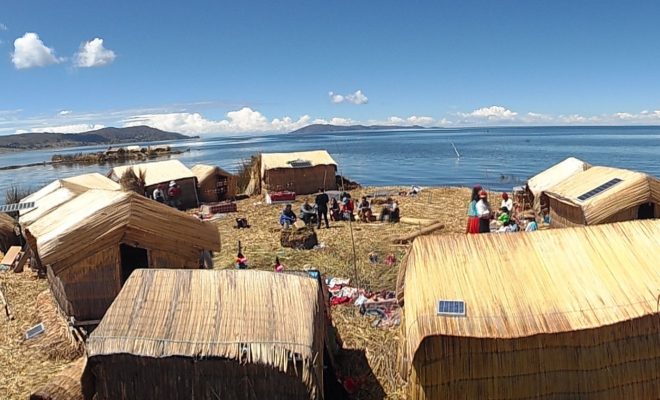
Sign up to receive news about the water crisis and We Are Water projects.
" * " indicates required fields